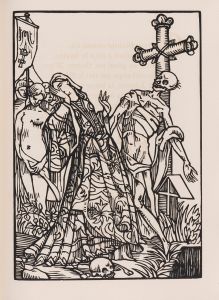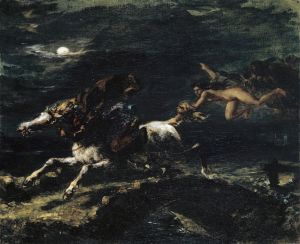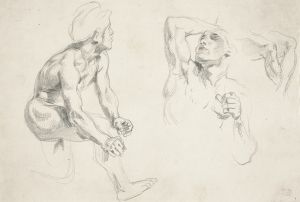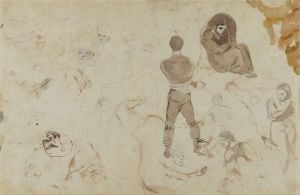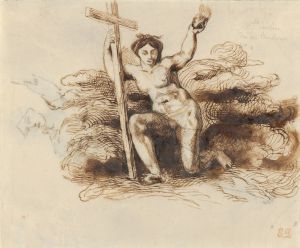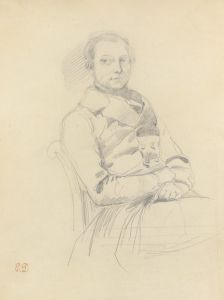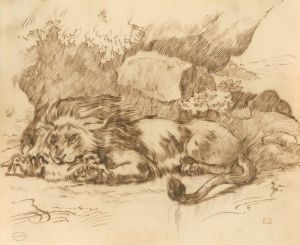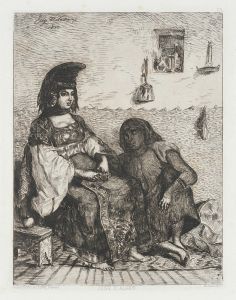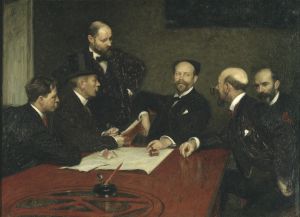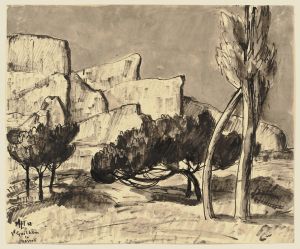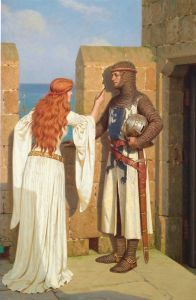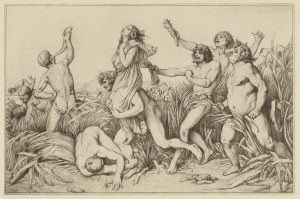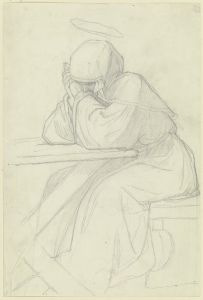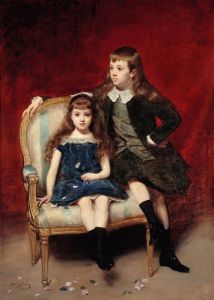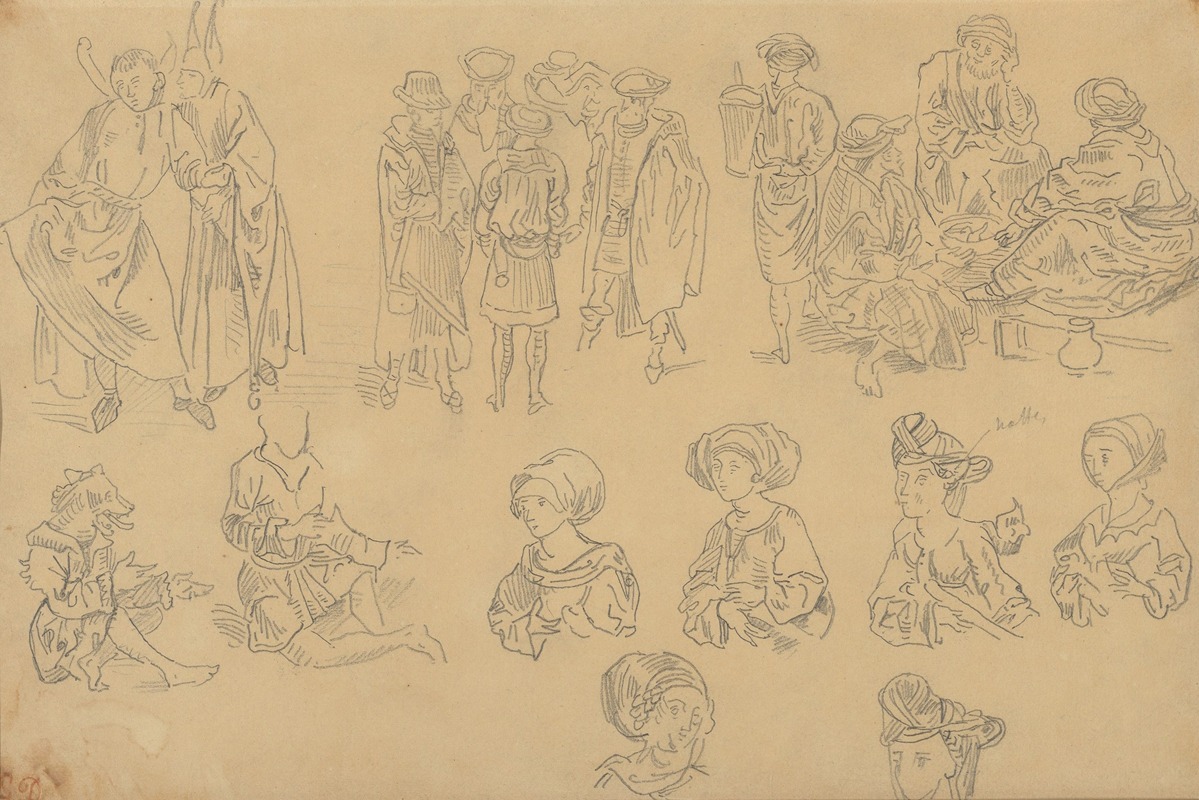
Figures in Medieval Costume
A hand-painted replica of Eugène Delacroix’s masterpiece Figures in Medieval Costume, meticulously crafted by professional artists to capture the true essence of the original. Each piece is created with museum-quality canvas and rare mineral pigments, carefully painted by experienced artists with delicate brushstrokes and rich, layered colors to perfectly recreate the texture of the original artwork. Unlike machine-printed reproductions, this hand-painted version brings the painting to life, infused with the artist’s emotions and skill in every stroke. Whether for personal collection or home decoration, it instantly elevates the artistic atmosphere of any space.
"Figures in Medieval Costume" is a painting by the renowned French Romantic artist Eugène Delacroix. Delacroix, born on April 26, 1798, and deceased on August 13, 1863, is celebrated for his vibrant use of color and expressive brushwork, which significantly influenced the Impressionist movement. His works often depict dramatic and exotic subjects, drawing inspiration from literature, history, and his travels.
The painting "Figures in Medieval Costume" exemplifies Delacroix's fascination with historical themes and his ability to bring them to life with vivid detail and emotional intensity. Although specific details about the creation date and the current location of this painting are not widely documented, it is consistent with Delacroix's broader body of work that frequently explored historical and literary themes.
Delacroix's interest in the medieval period can be attributed to the Romantic movement's broader fascination with the past, particularly the Middle Ages, which were often idealized as a time of chivalry and adventure. This interest was part of a larger 19th-century trend that saw artists and writers turning to historical subjects as a way to explore contemporary issues indirectly.
In "Figures in Medieval Costume," Delacroix likely employed his characteristic style, which includes dynamic compositions and a rich palette. His approach often involved a loose, expressive brushstroke that conveyed movement and emotion, setting his work apart from the more restrained Neoclassical style that preceded him. Delacroix's paintings are known for their dramatic contrasts of light and shadow, which add depth and intensity to his scenes.
While the specific figures and narrative depicted in "Figures in Medieval Costume" are not detailed in available records, Delacroix's works from this period often include knights, noblewomen, and other figures dressed in period attire, engaged in scenes that suggest stories of romance, conflict, or courtly life. These elements reflect the Romantic era's interest in storytelling and the exploration of human emotions through historical and exotic settings.
Delacroix's influence on the art world was profound, impacting not only his contemporaries but also future generations of artists. His innovative use of color and expressive technique paved the way for the Impressionists and later modern artists, who admired his ability to convey emotion and atmosphere.
In summary, "Figures in Medieval Costume" is a testament to Eugène Delacroix's skill as a painter and his ability to capture the imagination of his audience through historical themes. While specific details about this painting are limited, it remains an example of Delacroix's enduring legacy in the world of art, characterized by his dynamic style and his contribution to the Romantic movement.





